Sightseeing around Leh (90 Kms round trip)
Morning after breakfast visit Hall of Fame, Spituk Monastery and Kali Mata Temple, Magnetic Hill, Gurudwara Patthar Sahib and Confluence of Zanskar – Indus rivers. Return to Leh for lunch (on own). In the evening visit Leh Palace, Donkey Sanctuary and Shanti Stupa for beautiful sunset view. Dinner and overnight stay at the hotel in Leh.
LADAKH HALL OF FAME : The Hall of Fame is a glorious museum constructed by the Indian Army. It is worth a visit for every citizen. You can see the memorabilia, eminent defense personalities with biographies, images and weapons used during the Kargil and other key strategic battles fought in Ladakh. And belongings of the enemy soldiers found at war site. All the martyr and the gallantry awards…
SPITUK GOMPA: 8 Kms from Leh, it stands prominently on the top of hillock commanding a panoramic view of the Indus Valley for miles. Many icons of Buddha and fine Thankas are to be found in this 15th century Gompa. The Gompa also houses a collection of ancient masks, antique arms, and an awe-inspiring image of Mahakaal. The face of the Kali image is kept covered and is revealed only at the annual function at January every year.
MAGNETIC HILL : Defying the Law of gravity. This place is close to the Gurdwara Shri Patthar Sahib. It has been noticed that when a vehicle is parked on neutral gear on this metallic road the vehicle slides up-hill that’s the Believe it or not of Ladakh!
GURDWARA SHRI PATTHAR SAHIB: The Shrine known as Gurdwara Patthar sahib is situated about 25 kms. Short of Leh town on the Leh-Srinagar road. Built in the everlasting memory of Shri Guru Nanak Deve Ji the great prophet who sanctified the place by his sacred visit during the year 1517 while on his second missionary tour (2nd Udassi 1515-1518). The Guru reached here via Nepal, Sikkim, Tibet Yarkand and Leh after having spiritual discourses with the sidhas at Mount Sumer (Central Himalayas).
CONFLENCE OF THE ZANSKAR & INDUS: On way to Sham Valley before Nimu village one can have this magnificent view of two rivers in wed-lock! In seasons they have different colors and flow and wildness.
DONKEY SANCTUARY: The sanctuary is situated just off the road leading to Khardungla Pass. The public is encouraged to visit the sanctuary and friendly signs will direct you to the sanctuary from the center of Leh. Once at the sanctuary, the artistic surprise awaiting you is well worth the effort.
LEH PALACE : The Palace overlooks Leh town and is modeled on the Potala Palace in Lhasa, Tibet. The palace was built by King Sengge Namgyal in the 17th century, but was later abandoned when Dogra forces took control of Ladakh in the mid-19th century. The royal family moved to Stok Palace. Leh Palace is nine storeys high;The palace, a ruin, is currently being restored by the Archaeological Survey of India. The palace is open to the public and the roof provides panoramic views of Leh and the surrounding areas. The richest collection of jewellery, ornaments, Thangkas, ceremonial dresses, crowns, and centuries-old pieces of jewellery are kept here for public display.
SHANTI STUPA (Japanese Peace Pagoda) : Shanti Stupa/Japanese peace pagoda is build by a Japanese religious organization headed by Head monk Nakamura with the help from the organization and local people. It is situated at a hill top in Cahngspa village providing a bird eye view of the Leh town and the surrounding mountain peaks. Architecturally it has the Japanese touch with small clean rooms on the side for meditators and the main Japanese shrine at the entrance.
Day 3
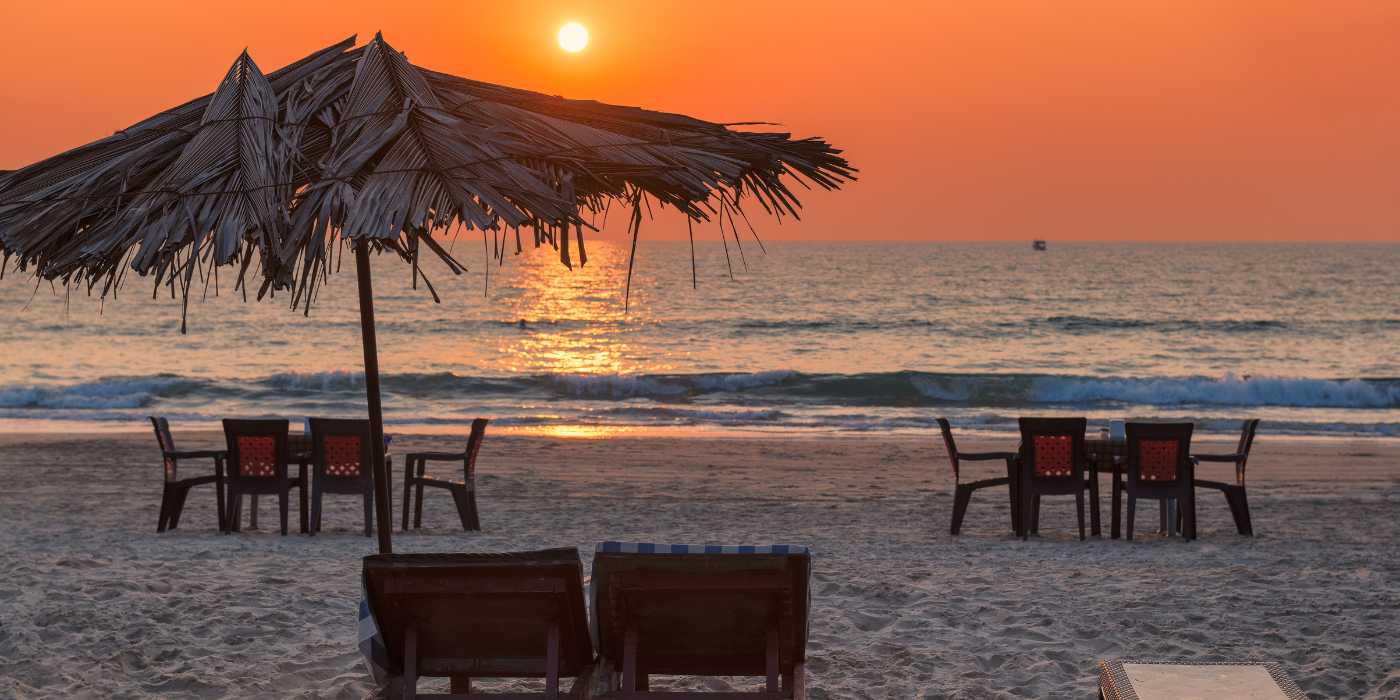
Excursion to Pangong Lake (280 Kms round trip)
Morning after breakfast drive to to Pangong Lake on the Indo China border. Evening back to hotel in Leh for dinner and overnight.
THE PANGONG LAKE : Pangong Lake, situated at 14,000 feet (4,267 M). A long narrow basin of inland drainage, hardly six to seven kilometers at its widest point to which foreigners are permitted, is only some seven km along the southern shore from the head of the lake, but it affords spectacular views of the mountains of the Changchenmo range to the north, their reflection shimmering in the ever-changing blues and greens of the lakes brackish water. Above Spangmik are the glacier and snow-capped peaks of the Pangong range.

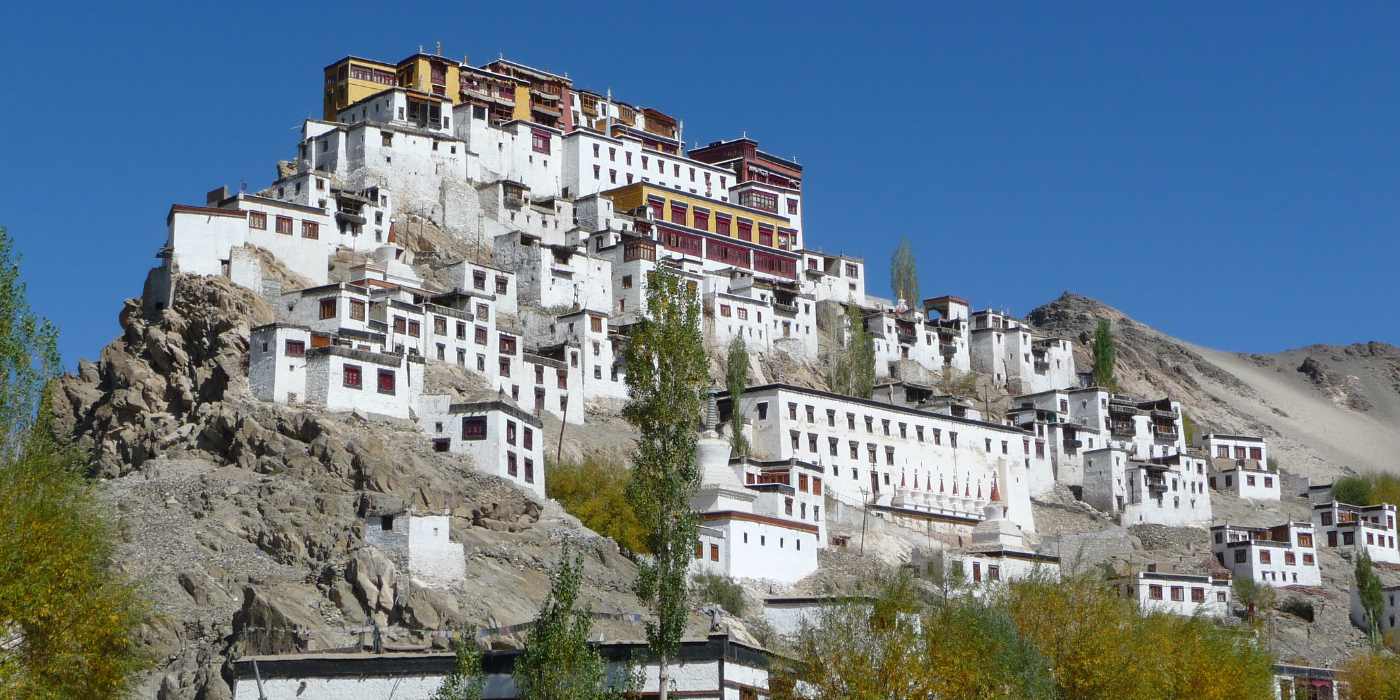
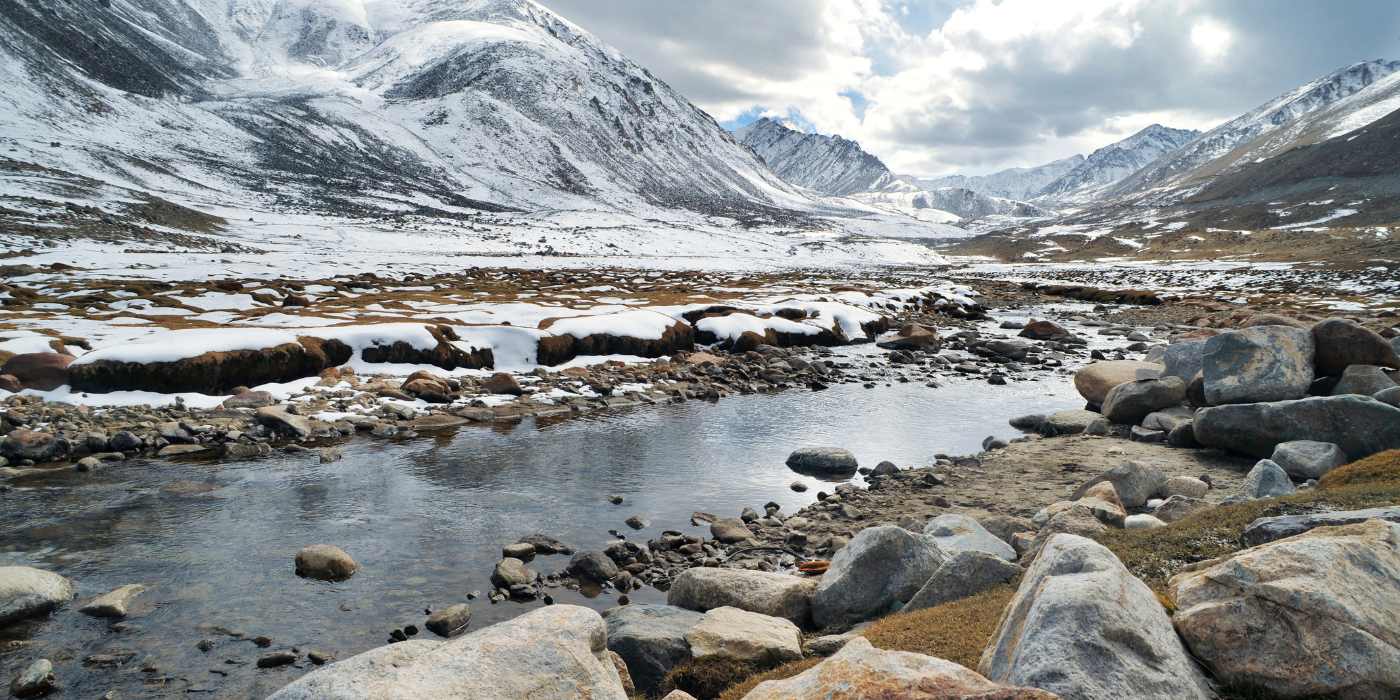
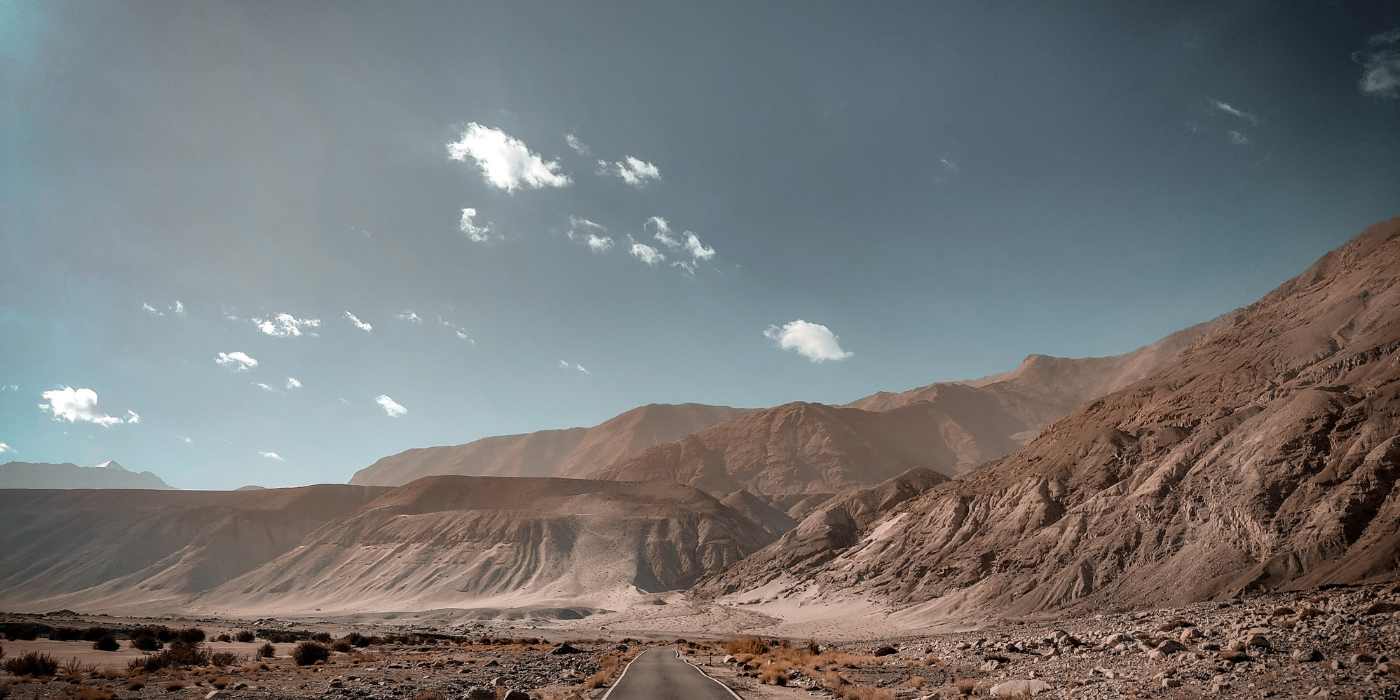
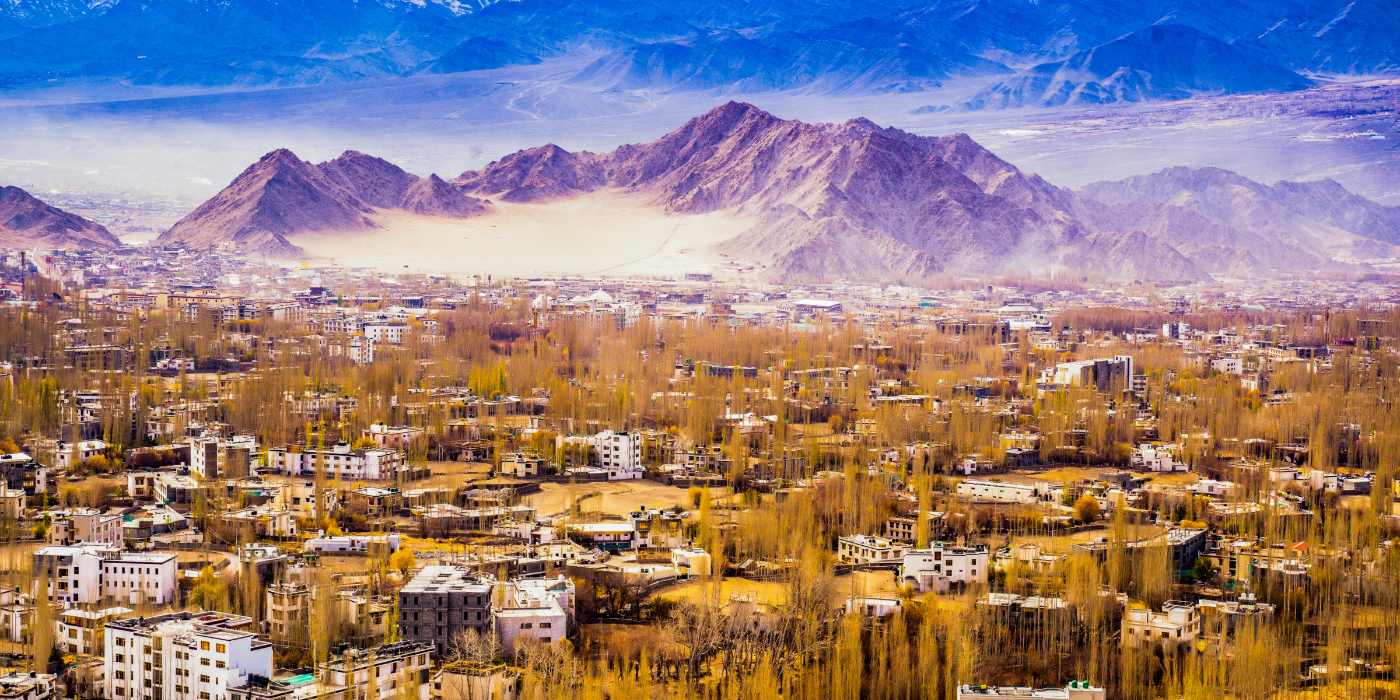
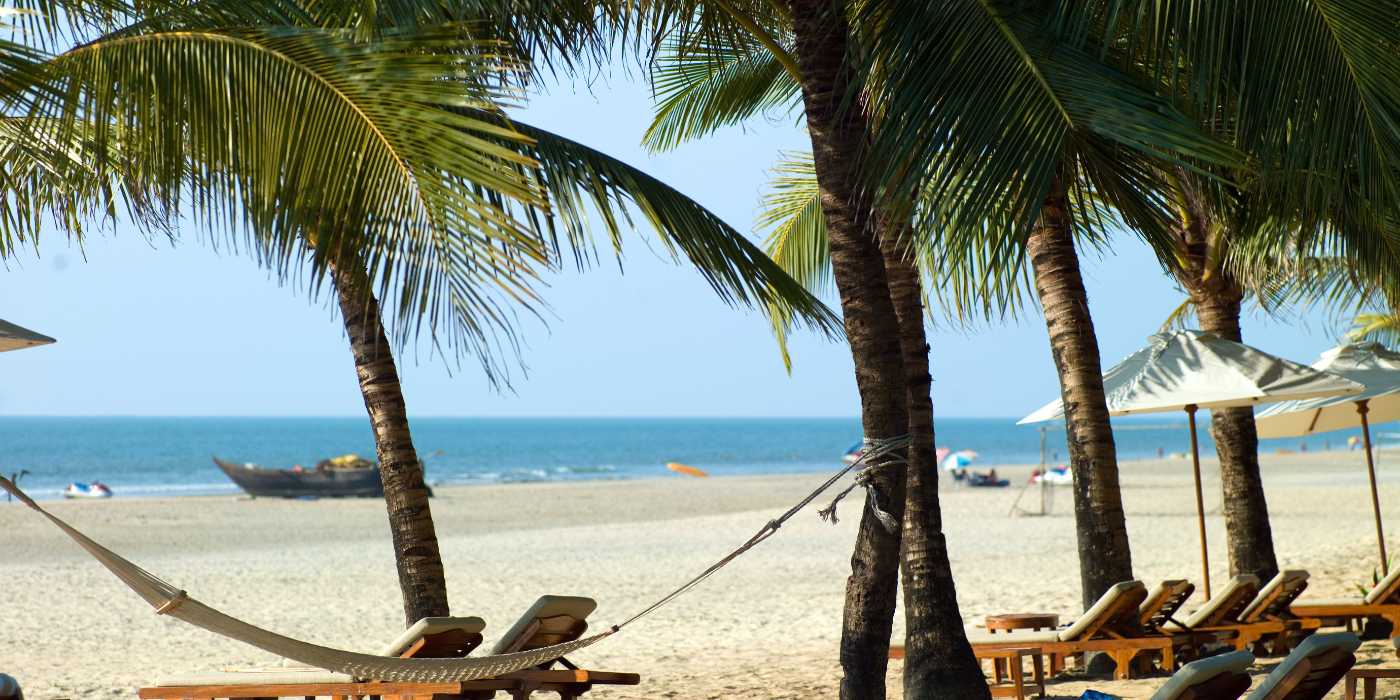
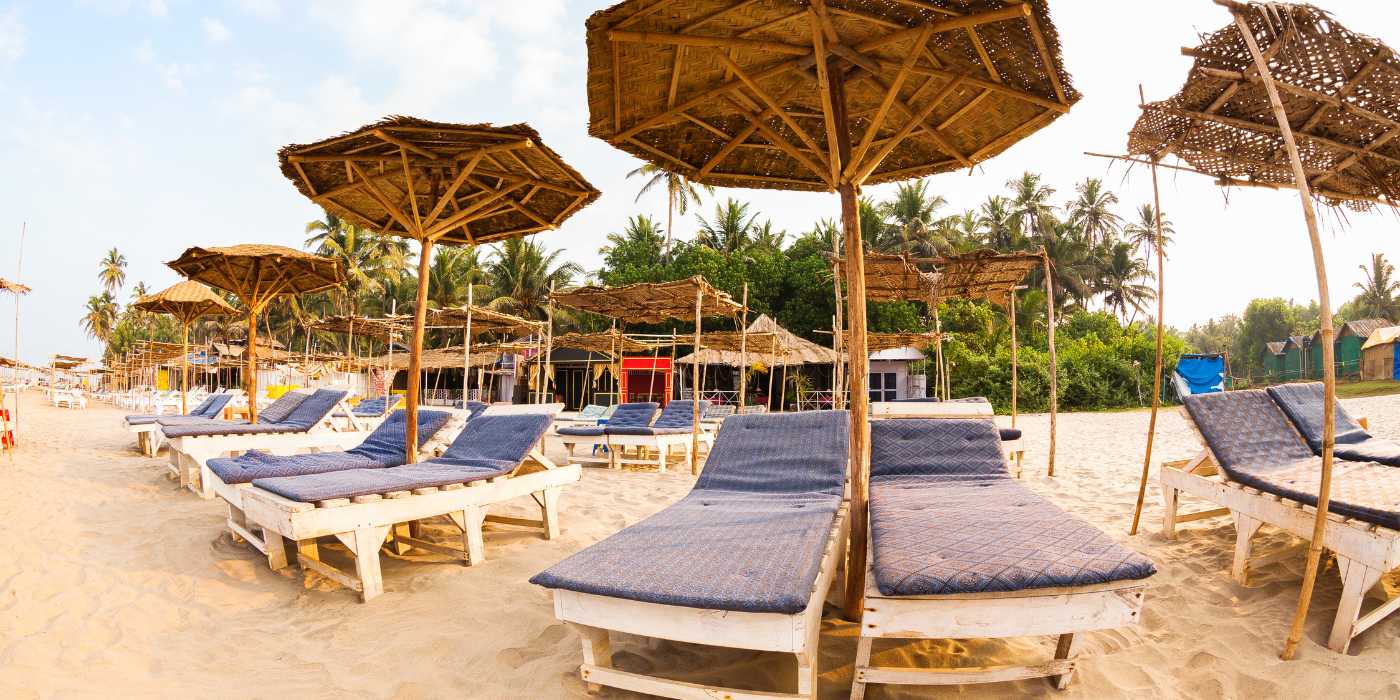

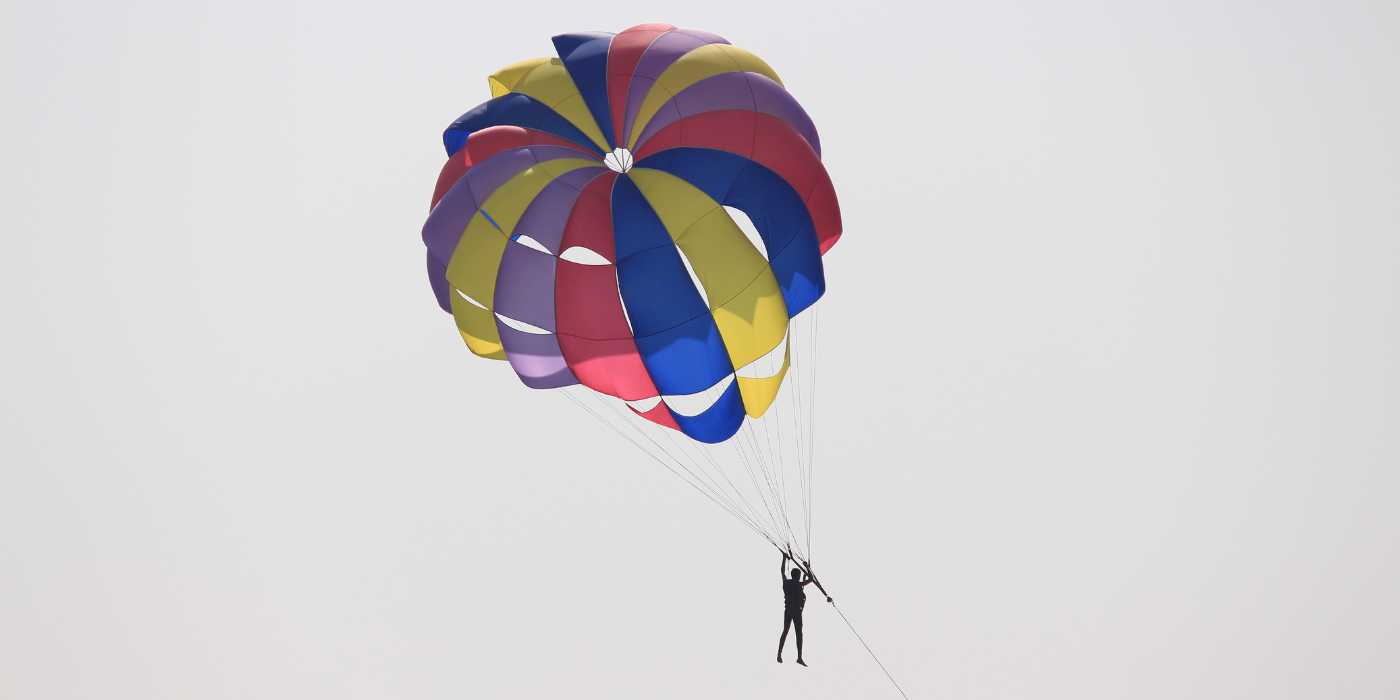
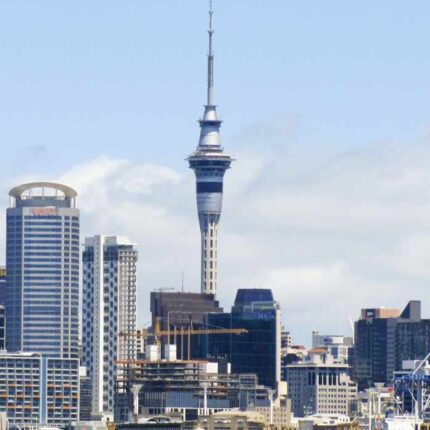
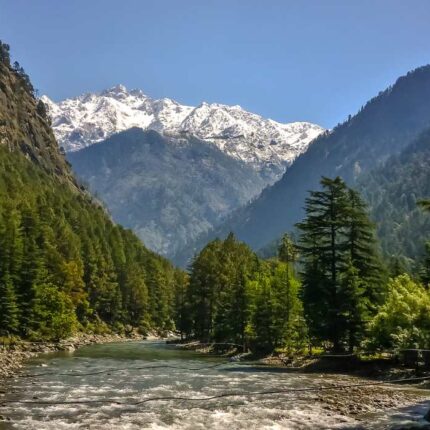
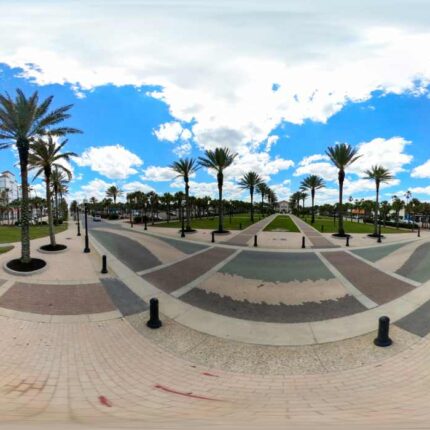
Reviews
There are no reviews yet.